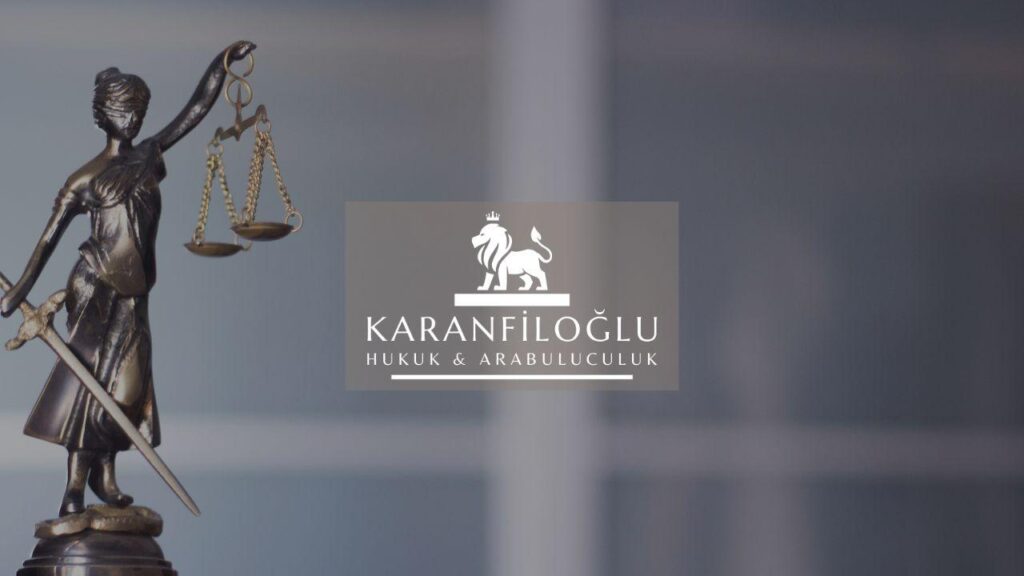Athlete rights serve as the foundation of fair play within Sports law, ensuring that those who dedicate their lives to sport are treated justly. In recent years, there has been growing attention on how clubs handle their duties. Club responsibilities extend beyond mere training and competition—they encompass extensive Legal obligations. These include safeguarding Athlete protection, which is paramount. If these responsibilities aren’t met, it could lead to significant disputes. Today, successful clubs recognize that respecting athlete rights isn’t just ethically correct but crucial for avoiding legal pitfalls. A misstep in understanding or fulfilling these obligations can tarnish reputations and trigger costly legal battles. Sports law continues to evolve, and clubs must stay informed. By championing both athlete rights and club responsibilities, the sporting world can achieve a balanced ecosystem where fairness thrives. This equilibrium not only promotes integrity but also enhances the athlete’s journey—a win-win scenario for everyone involved.
Understanding Athlete Rights in Modern Sports
Athlete rights are the cornerstone of modern sports, acting as the guiding star for ethical practices. Athletes, often under immense pressure, require a framework that protects their well-being and rights within the sport. Sports law has evolved to ensure this protection, placing an emphasis on fairness, safety, and respect. Clubs have critical Legal obligations to uphold these rights. Fulfilling Club responsibilities not only enhances the athletes’ experience but also safeguards the club from potential disputes. When club administrators understand their role in Athlete protection, it paves the way for a more equitable playing field. Navigating the intricate world of sports law may seem daunting, but it’s a small price to pay for the peace of mind it brings. Upholding these principles ensures that the journey of every athlete, from novice to elite, is both safeguarded and celebrated.
Athlete rights are not just a collection of rules; they are vital to creating an environment where fairness and respect reign supreme. In the fast-evolving landscape of modern sports, clubs must not only focus on performance but also prioritize Athlete protection as a core tenet of their operations. Adhering to these principles requires a deep understanding of Sports law and its implications. Club responsibilities are multi-faceted, necessitating a commitment to safeguard their players’ physical and mental well-being. Ignoring these Legal obligations can jeopardize an athlete’s career and, by extension, the club’s reputation. Recognizing these rights ensures that all athletes, from local talent to international stars, receive equal treatment and opportunity. In doing so, clubs foster an atmosphere where athletes can thrive and communities remain invested in the sporting spirit—a true testament to the power of respectful and ethical sporting practices.
Fully grasping Athlete rights requires clubs to delve deep into the principles of Sports law and comprehend the essence of Athlete protection. It’s not just about ticking boxes—it’s about fostering an environment where athletes are valued and rights are prioritized. Legal obligations demand that clubs adapt to the evolving sports landscape, ensuring fairness is at the forefront. A proactive approach to Club responsibilities, such as providing safe training conditions and mental health support, sets a precedent for ethical conduct. By championing athlete well-being, clubs not only avert potential conflicts but also nurture talent that reflects the club’s core values. When athlete rights are woven into the fabric of daily operations, clubs position themselves as leaders in integrity and care. In this way, the sporting community thrives, promoting not just victory in competition, but victory in humanity.
Navigating Legal Responsibilities for Clubs
When it comes to navigating legal responsibilities, clubs face a labyrinth of obligations that are essential for maintaining the integrity of Sports law. Club responsibilities start with a commitment to uphold Athlete rights, a non-negotiable element that forms the bedrock of fair competition. Central to this is ensuring Athlete protection through comprehensive measures that align with the latest legal standards. Fulfilling these legal obligations goes beyond box-ticking—it’s about creating an environment where athletes feel secure and valued. Clubs must consistently update their practices, reflecting changes in regulations and guidelines. A proactive approach not only prevents potential pitfalls but also fosters trust. By prioritizing these responsibilities, clubs can steer clear of disputes and enhance their reputation, proving that a commitment to legality is synonymous with success in the sporting arena.
Keeping up with the constant shifts in Sports law demands a keen understanding of both Athlete rights and Club responsibilities. The stakes are high. Any oversight can snowball into legal maelstroms that jeopardize reputations and careers. First and foremost, clubs must adhere to Legal obligations with unwavering precision—every dotted ‘i’ and crossed ‘t’ counts. They ought to adopt robust policies for Athlete protection, ensuring their well-being at every turn. This means not only physical safety but also dignified treatment both on and off the field. Training programs that educate staff on athlete welfare are indispensable. Such initiatives strengthen the bond of trust between clubs and athletes. By honoring these tenets, clubs can navigate the murky waters of Sports law with a steady hand, creating a legacy defined by integrity rather than scandals. It’s not just about staying legally compliant; it’s about putting athletes at the heart of club missions.
Legal terrain shifts like quicksand, but clubs must stand firm. Prioritizing athlete rights ensures clubs fulfill their legal duties while maintaining a robust foundation. Effective management of club responsibilities demands constant vigilance where timely adaptation to Sports law is a must. Communication is key—staff, athletes, and management should be on the same page regarding responsibilities. Ignorance isn’t bliss; it’s a legal liability. Emphasizing comprehensive athlete protection measures fortifies defenses against potential disputes. Legal obligations aren’t just checkbox exercises; they’re commitments to safeguarding those who breathe life into sports. Clubs should implement routine audits of their practices, channeling feedback into action. This proactive stance is essential to thriving in the legal maze, steering clear of dreaded pitfalls. The aim is not merely compliance but crafting trustworthy environments where athletes excel, free from undue worry. It’s a shared journey toward excellence, and everyone from athlete to administrator must shoulder their part.
The Balance of Power: Athletes and Sports Organizations
In the dance between athlete rights and club responsibilities, balance is everything. Athletes must navigate through a maze of agreements, often finding themselves at the mercy of sports organizations. Yet, these entities have Legal obligations to follow, ensuring Athlete protection above all. It’s not just about playing the game, it’s about playing it fair. Clubs wield power but must wield it wisely. Mismanagement is like a ticking time bomb, potentially exploding into a legal quagmire. Sports law frames this uneasy alliance, where clubs and athletes find themselves in a delicate waltz. As athletes push boundaries, clubs must adapt, adhering to Legal obligations without compromising core values. Harmony is not a given; it’s a daily pursuit. When clubs embrace transparency and equality, athletes flourish. This equilibrium fosters an environment where both athletes and clubs thrive, each respecting the unspoken rules that govern the sport.
In navigating the often tumultuous waters of club responsibilities and athlete rights, power dynamics play a critical role. It’s akin to a well-rehearsed routine—where both parties need to hit their marks flawlessly. Sports organizations have the mantle of guardianship, bearing the weight of Legal obligations not just on paper but in every decision. These responsibilities extend beyond personal gains, demanding a broader view where Athlete protection reigns supreme. For athletes, this can feel like walking a tightrope without a safety net. Even slight imbalances can shake the core of Sports law, leading to disputes that sway public perception. Clubs that grasp this delicate balance can unlock true potential, turning potential conflict into collaboration. This shared responsibility fosters a mutual respect, tightening the bonds that unite athletes and clubs. The combined strength ensures both voices are echoed equally, a testament to the transformative power inherent in aligning athlete rights with club duties.
In the intricate chess game of athlete rights and Sports organizations, understanding the balance of power is crucial. Athlete protection isn’t just a box to tick; it’s a flowing current that must be woven into the fabric of every decision. Clubs, under the steely gaze of Legal obligations, play gatekeepers to this delicate balance. Their responsibilities extend like roots in a forest, deep and intertwined, vital for stability but potentially disruptive if mismanaged. Athletes, the living tapestry of the sport, often find themselves navigating these complexities with a sense of vulnerability. Yet, it’s this very tension that can catalyze growth. Clubs that prioritize transparency and fairness in Club responsibilities cultivate an environment where athlete empowerment and safeguarding walk hand in hand. As the scales of power tip, a harmonious relationship between the two entities shines through—a testament to their shared commitment to fairness and innovation.
Disclaimer: This article is for general informational purposes only and you are strongly advised to consult a legal professional to evaluate your personal situation. No liability is accepted that may arise from the use of the information in this article.







